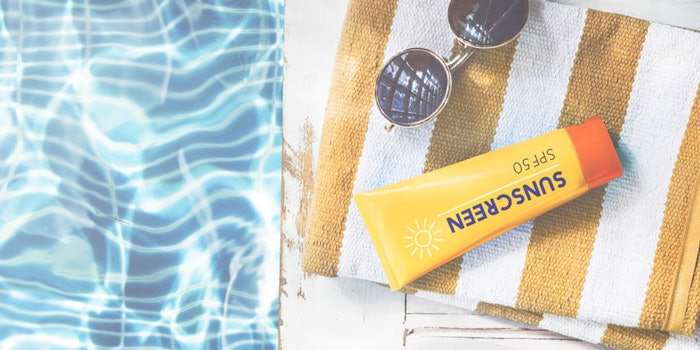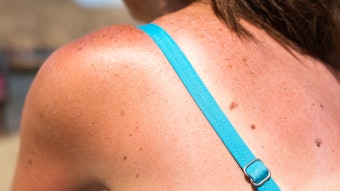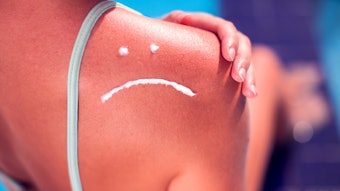
Spring is in full swing, which means we’re all in the business of spending a lot more time outdoors. The snow has cleared from areas of the country that are subject to cold winters, and, in general, temperatures are on the rise as summer starts to set in all around us. With that, it’s time to stock up on your sunscreen.
May is Melanoma Awareness Month, a longstanding recognized month on the calendar, which was put into place by the American Academy of Dermatology (AAD). This nationally recognized time of year is when we continue our quest of spreading awareness and encourage every person to treat skin health as a routine. Thus, it's only fair we get down to the facts.
Melanoma Quick Facts
- Skin cancer is the most common cancer in the United States.
- Current estimates are that one in five Americans will develop skin cancer in their lifetime.
- It’s estimated that approximately 9,500 people in the United States are diagnosed with skin cancer every day.
- Melanoma rates in the United States doubled from 1982 to 2011.
- Even one blistering sunburn during childhood or adolescence can nearly double a person's chance of developing melanoma.
- Experiencing five or more blistering sunburns between ages 15 and 20 increases one’s melanoma risk by 80% and non-melanoma skin cancer risk by 68%.
Give Me the Guidelines
- Seek the shade, especially between 10 A.M. and 4 P.M..
- Do not burn.
- Avoid tanning and UV tanning booths.
- Cover up with clothing, including a broad-brimmed hat and UV-blocking sunglasses.
- Use a broad spectrum (UVA/UVB) sunscreen with an SPF of 15 or higher every day.
- For extended outdoor activity, use a water-resistant, broad spectrum (UVA/UVB) sunscreen with an SPF of 30 or higher.
- Apply one ounce of sunscreen to your entire body 30 minutes before going outside.
- Re-apply sunscreen every two hours or immediately after swimming or excessive sweating.
- Keep newborns out of the sun. Sunscreens should only be used on babies over the age of six months.
- Examine your skin head-to-toe every month.
- See your physician every year for a professional skin exam.
Those last couple of bullets are vital. The importance of early detection is vast and, quite frankly, imperative. The five-year survival rate for patients whose melanoma is detected early, before the tumor has penetrated the skin is about 97%. The five-year survival rate falls to 15-20% for those with advanced disease.
What are the Risks for Melanoma Skin Cancer?
- Ultraviolet (UV) light exposure
- Moles
- Fair skin, freckling and light hair
- Family history of melanoma
- Personal history of melanoma or other skin cancers
- Age
- Gender (men are at higher risk)
- Xeroderma pigmentosum (an inherited skin condition)
This Melanoma Awareness Month, take a moment and think about how you can take better care of your skin. It doesn’t take much to make a lasting and potentially lifesaving impact.










